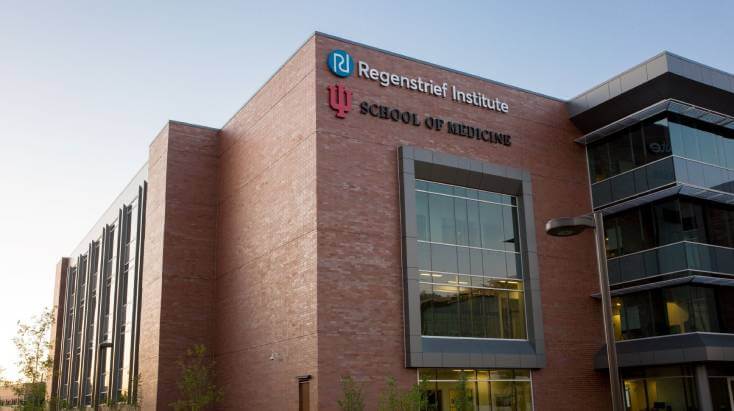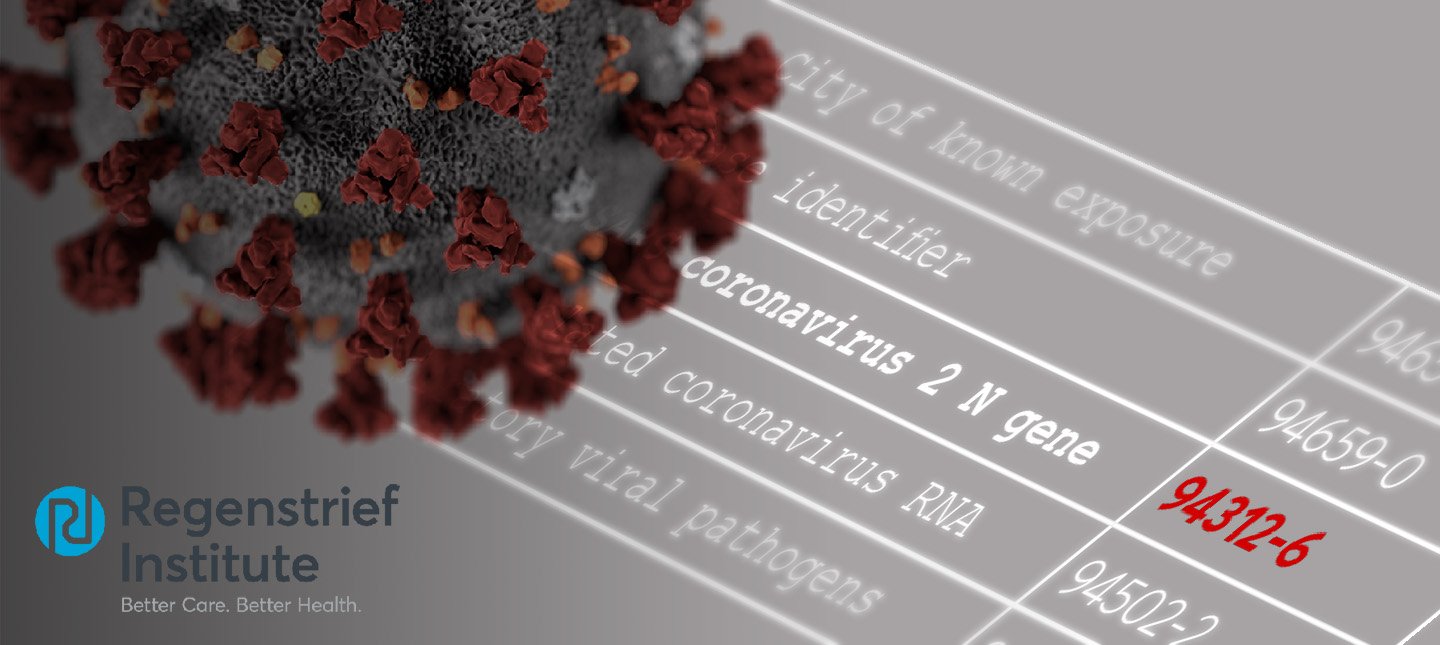New codes aid in tracking COVID-19 and fostering healthcare interoperability
The international data standard LOINC® at Regenstrief Institute has released a new set of nearly 1,300 codes to identify health information, including terms related to the COVID-19 pandemic. These codes provide standardization to share and classify test results and other health information, which is especially crucial during a pandemic.
LOINC releases a formal update of its codes twice a year. Both of the updates in 2020 have prioritized terms and resources related to SARS-CoV-2-/COVID-19 testing, documentation and reporting. LOINC is working closely with the World Health Organization, the U.S. Centers for Disease Control and Prevention (CDC), the U.S. Food and Drug Administration, laboratories and in vitro diagnostic manufacturers to create these codes, which will be continuously updated.
15 codes in the new release were created for the WHO case reporting data elements, and 37 were created for the CDC Public Health Emergency Operations Center minimum data set.
LOINC, which stands for Logical Observation Identifiers Names and Codes, is a universal code that allows health records to be seamlessly exchanged between health systems and public health entities around the world. LOINC has users from nearly every country.
In addition to the 1,295 new terms added to this release, LOINC has released a Beta version of its redesigned search application. This will enable users to search for terms, as well as parts (the building block for terms), answer lists and groups.
LOINC is available free of charge.
About LOINC®
LOINC was created in 1994 at Regenstrief Institute to facilitate interoperability in healthcare. There was a growing trend to send clinical data electronically between healthcare entities, a practice that has now become ubiquitous. Today, it contains almost 95,000 terms for everything from a serum alpha 1 antitrypsin level to a zygomatic arch x-ray report. For each concept, LOINC contains many other rich details, such as synonyms, units of measure, and carefully crafted descriptions.
About Regenstrief Institute
Founded in 1969 in Indianapolis, the Regenstrief Institute is a local, national and global leader dedicated to a world where better information empowers people to end disease and realize true health. A key research partner to Indiana University, Regenstrief and its research scientists are responsible for a growing number of major healthcare innovations and studies. Examples range from the development of global health information technology standards that enable the use and interoperability of electronic health records to improving patient-physician communications, to creating models of care that inform practice and improve the lives of patients around the globe.
Sam Regenstrief, a nationally successful entrepreneur from Connersville, Indiana, founded the institute with the goal of making healthcare more efficient and accessible for everyone. His vision continues to guide the institute’s research mission.








